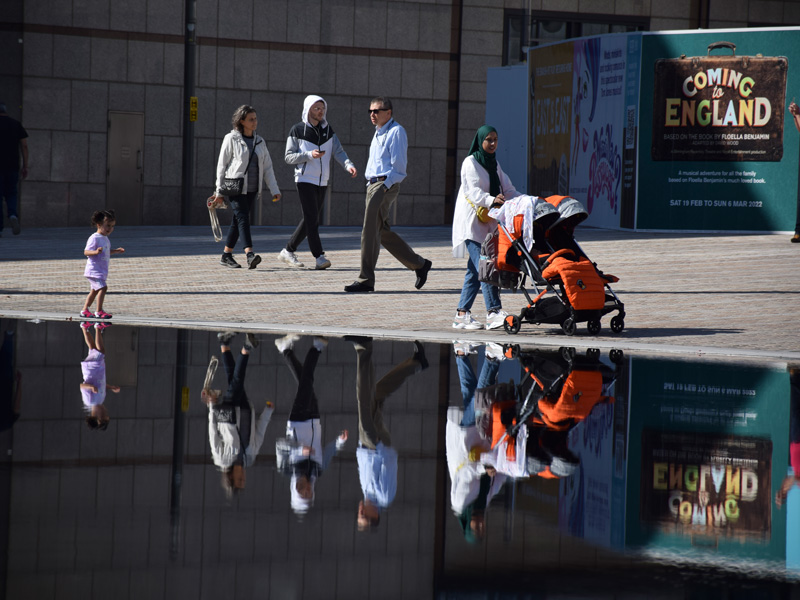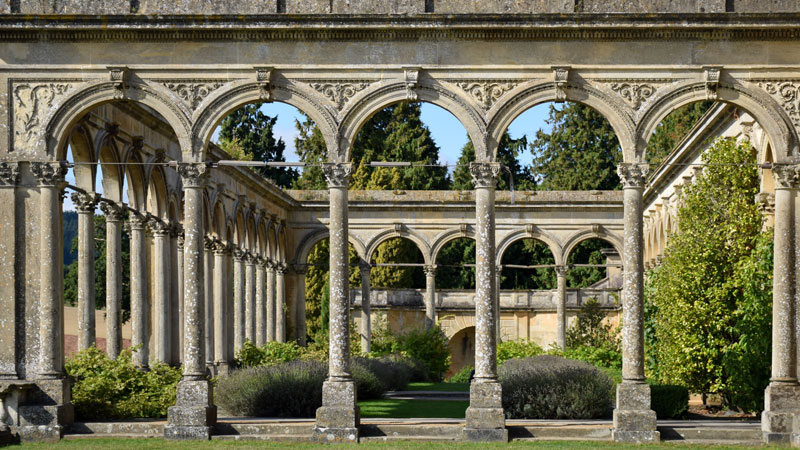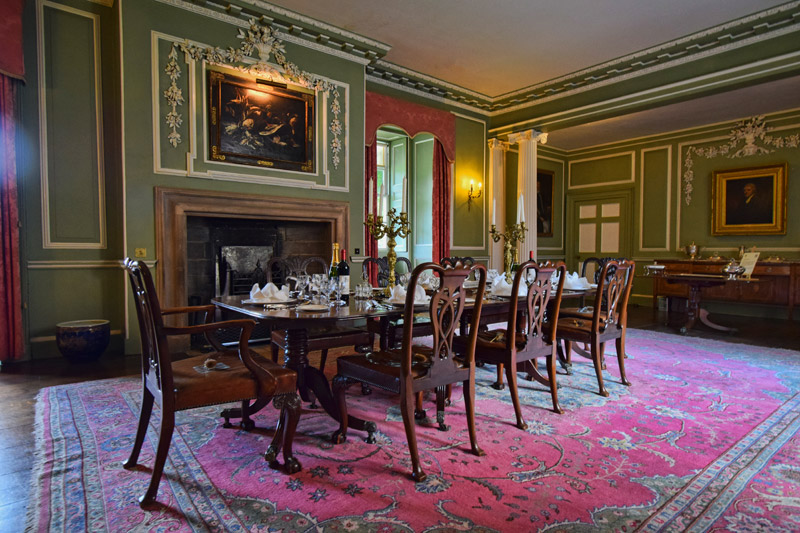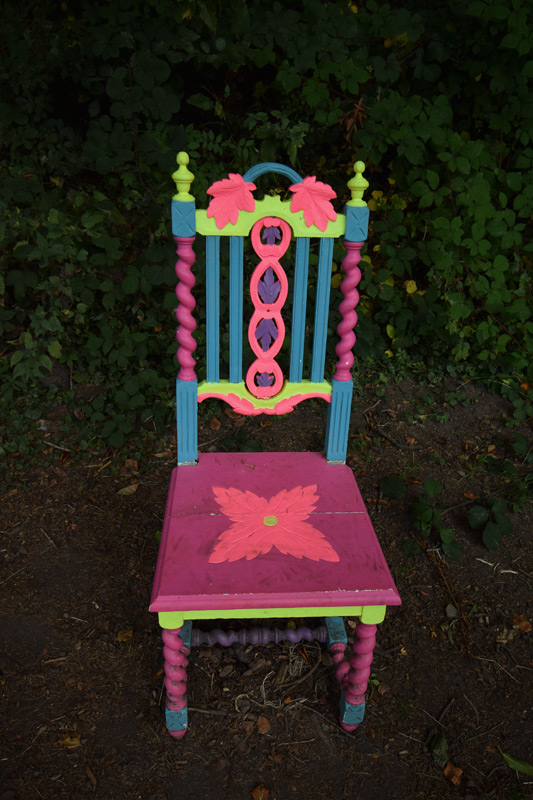As part of the celebration of thirty five years of the Forest of Dean Sculpture Trail several new exhibits have been added to the walk. We came across these "Shovel Bugs" on a slightly damp family trek through the trees. They are the work of Atelier LandArt and are made of re-purposed garden hand trowels. The bright red colour of the fifty metal creatures caught our eye as they scuttled up the tree trunks.
photo © T. Boughen Camera: Sony DSC-RX100





















